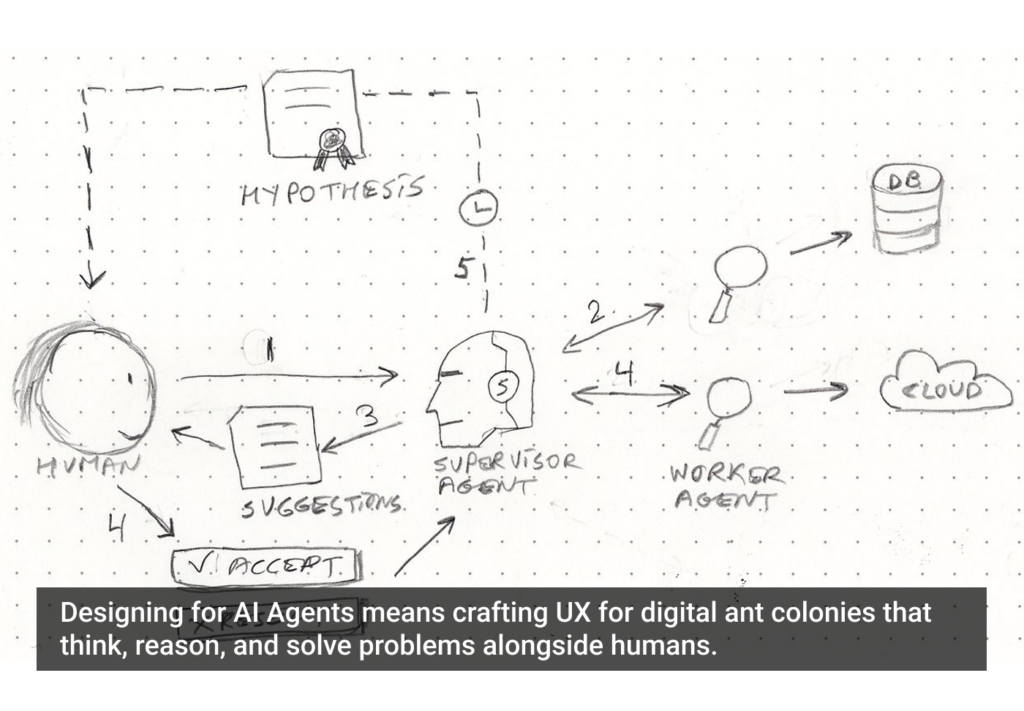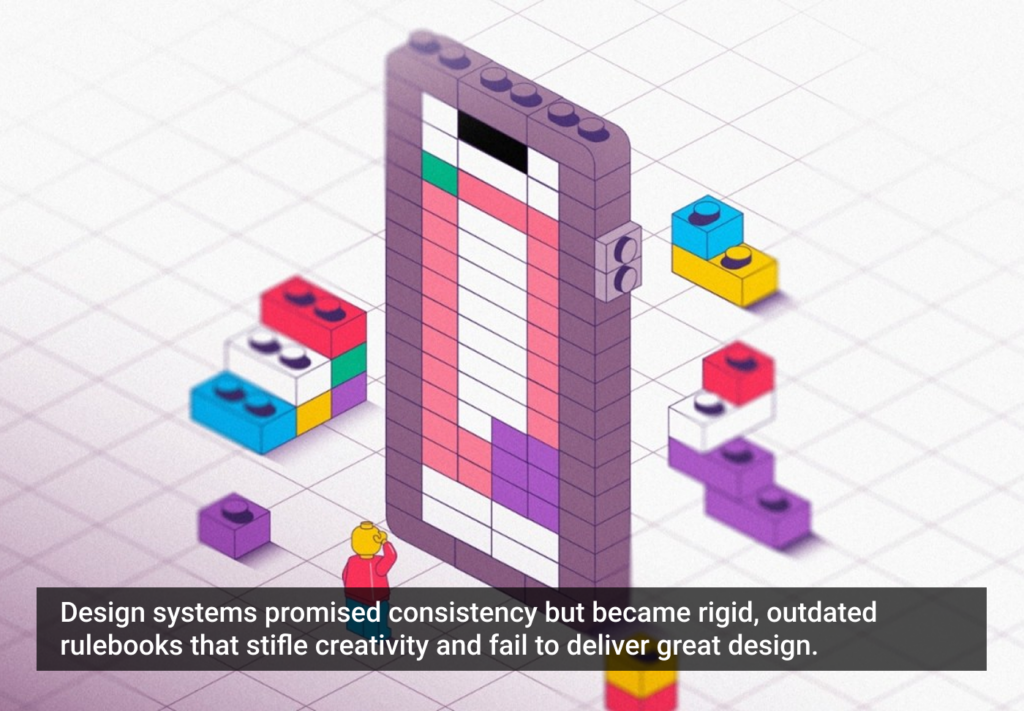Despite all the battles fought between Mac OS and Windows for operating system supremacy over the years, for users it’s now largely a matter of personal preference (not to mention budget). There are areas where each excels and where each lags.
However, if there is one fall-down, fatal, unbelievably horrible aspect of Windows that would be easy to fix and would leave no one wanting the old way of working, this is it.
iF i TURN ON CAPS LOCK, AND THEN i TRY TO USE THE SHIFT KEY, WINDOWS reverses THE CAPS SETTINGS. aT NO TIME IN ALL OF COMPUTER-USING HUMAN HISTORY HAS ANYONE ever FOUND THIS TO BE USEFUL.
But wait, there’s another surprise in store.
Obviously, Windows has inherited many bad habits from its past since people tend to get annoyed when features are changed or removed, no matter how outdated and useless that feature might be. (Think “paint bucket tool” in Photoshop.) “Modern” operating systems have the option (and even obligation) to do away with such nonsense.
Yet, the inverted-caps paragraph above wasn’t even typed on a Windows machine nor was it typed on a Mac. It was typed on a Chromebook.
That’s right, the newest member of the laptop world running the bleeding-edge of operating systems emulates the bad behavior of an old one.
There may be a reason they chose to emulate it, but I can’t think of one. Anyone?
P.S. I know someone is bound to mention that Ctrl-Alt-Del is THE worst usability choice in all of Windows and certainly the most famous, but it is highly unlikely you would discover it accidentally.
Keep these coming. Send them to us via Twitter or Facebook using the hastag #wtfUX or email them to: [email protected] with “#wtfUX” in the subject line. Include as much context as you can, so we get a full understanding of what the f%*k went wrong.







